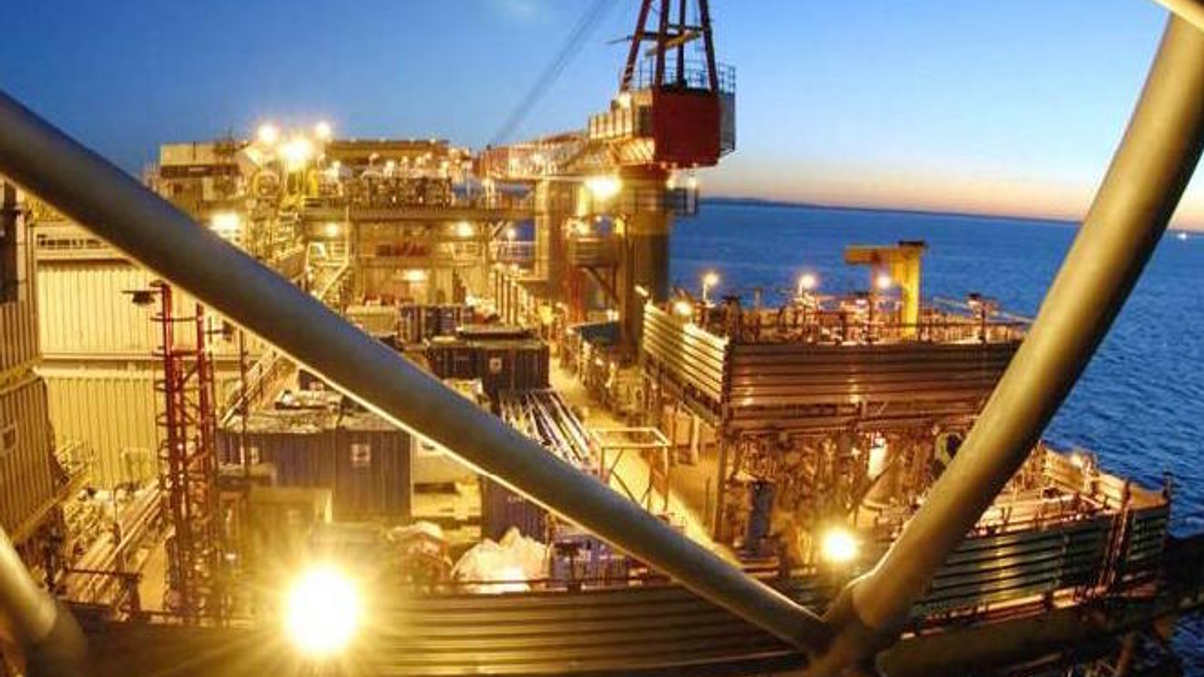Japan pensions back AMP infrastructure vehicle
Australia's AMP Capital expects to hit the $1.5 billion target for its Global Infrastructure Fund by mid-year with the help of flows from Asian institutions, including Japanese pension funds.

A consortium of Japanese corporate pension funds are among a new batch of investors in AMP Capital’s Global Infrastructure Fund. The strategy attracted $400 million in total for its second and third closes and expects to hit its $1.5 billion hard target by mid-2016.
Sign In to Your Account
Access Exclusive AsianInvestor Content!
Please sign in to your subscription to unlock full access to our premium AI resources.
Free Registration & 7-Day Trial
Register now to enjoy a 7-day free trial—no registration fees required. Click the link to get started.
Note: This free trial is a one-time offer.
¬ Haymarket Media Limited. All rights reserved.


